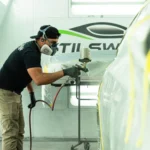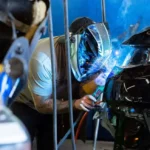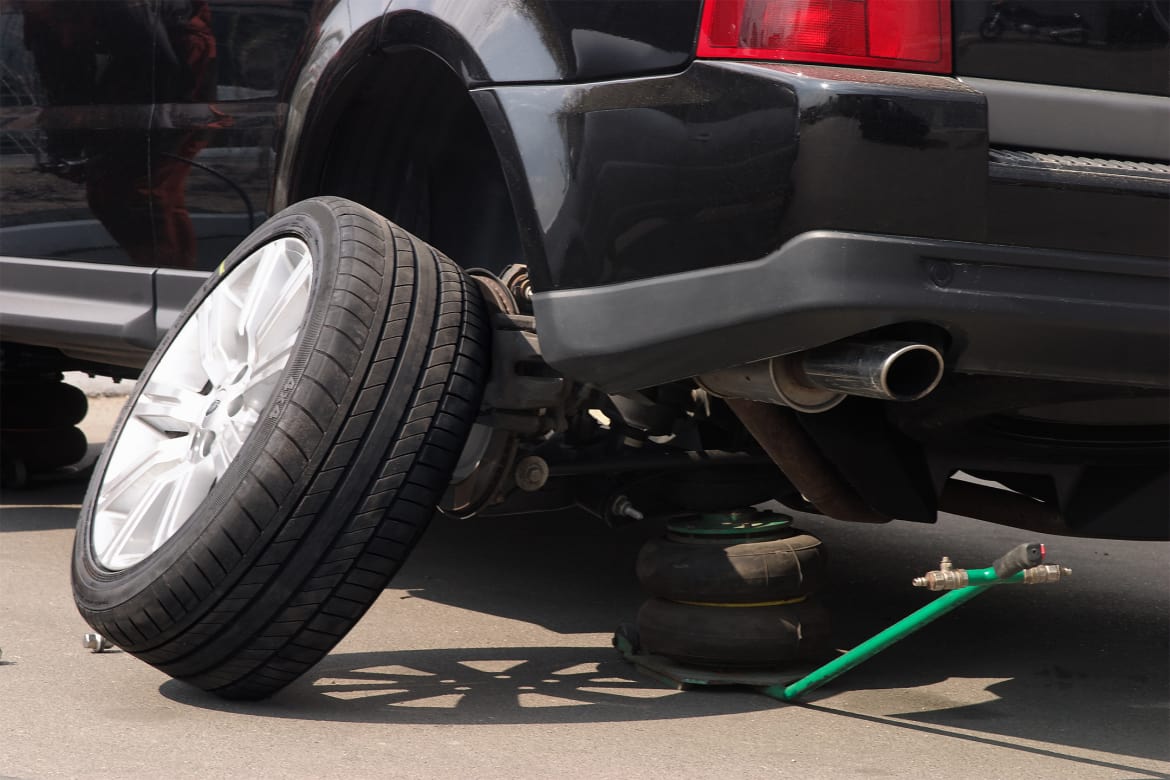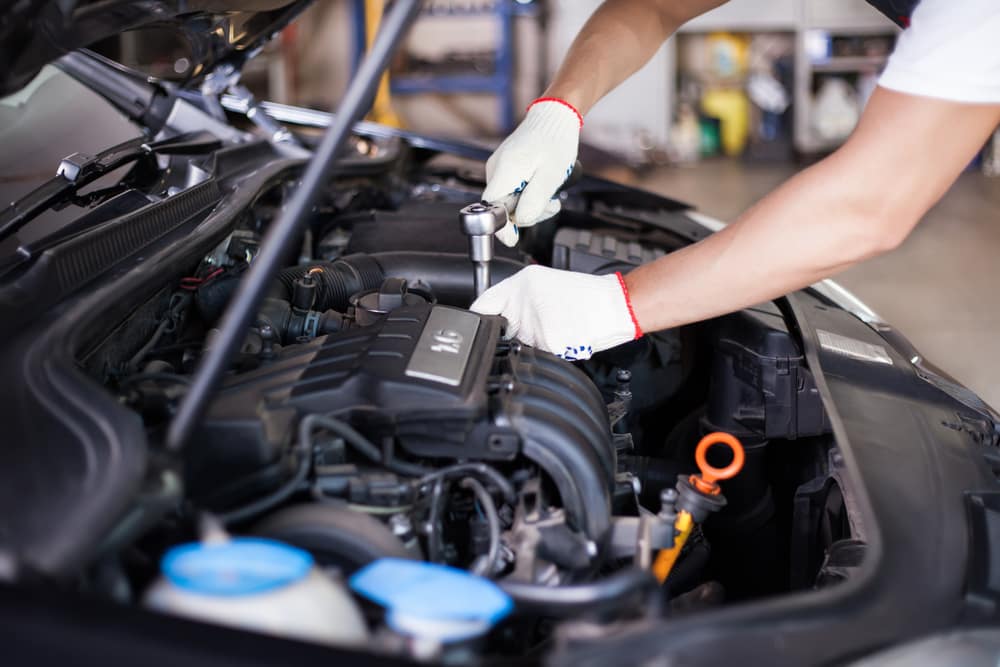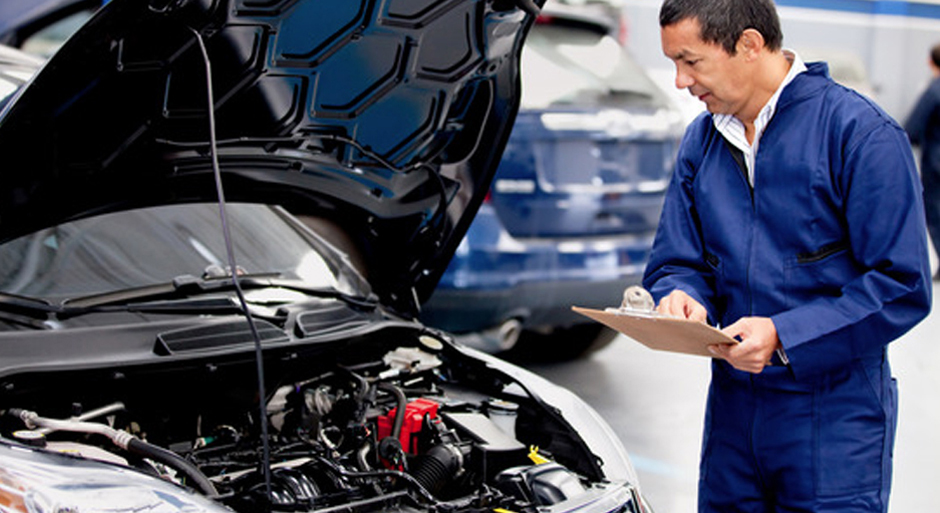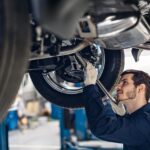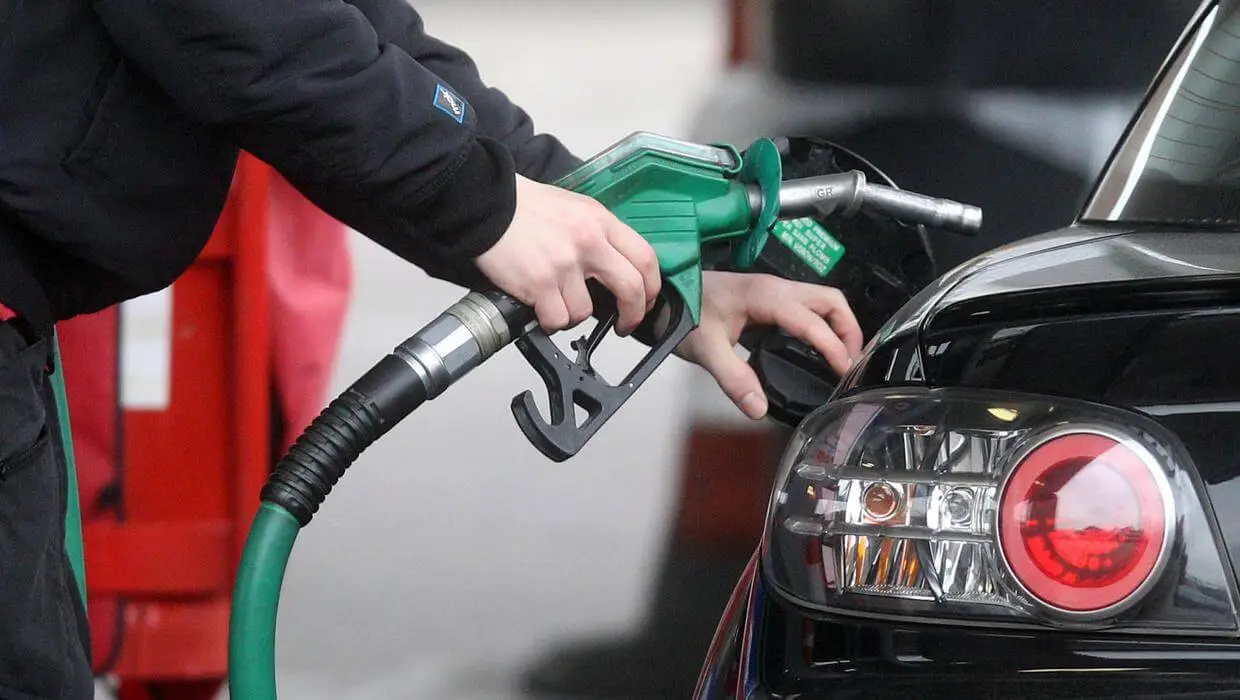As environmental awareness grows, industries are reevaluating their practices to minimize ecological footprints. The automotive repair industry is no exception, with Paintless Dent Repair (PDR) offering a greener alternative to traditional dent repair methods. This article explores the environmental advantages of PDR, highlighting how it contributes to sustainability.
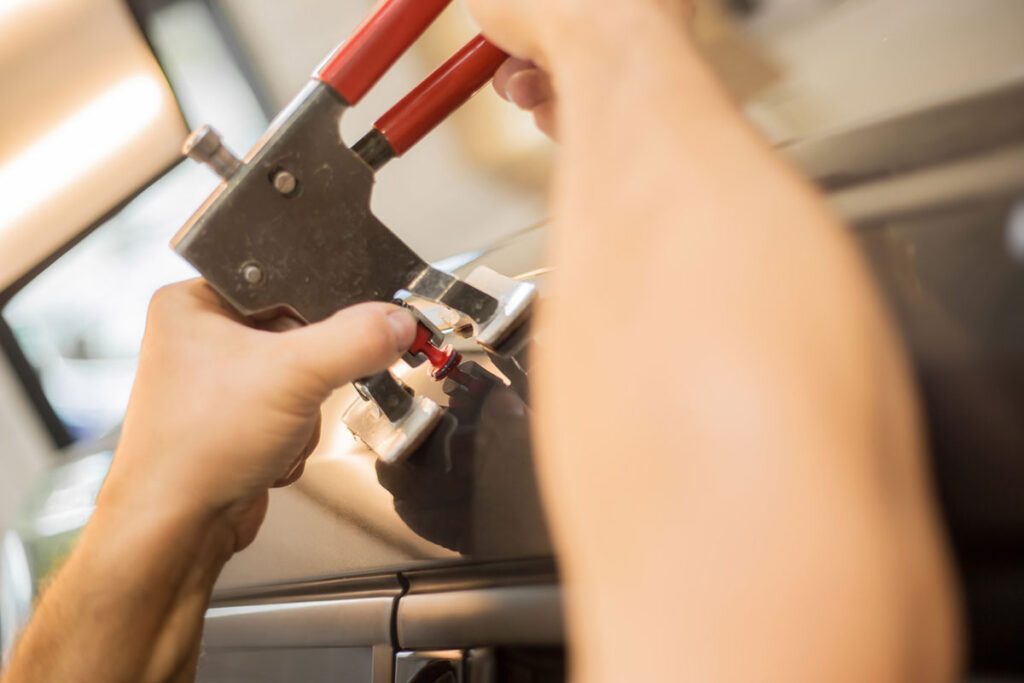
Content
Reduced Use of Chemicals
Traditional Methods: Traditional dent repair methods typically involve sanding, filling, and repainting the damaged area. This process requires the use of chemical fillers, primers, and paints, all of which contain volatile organic compounds (VOCs). VOCs are harmful to the environment, contributing to air pollution and posing health risks to both technicians and vehicle owners.
PDR Approach: PDR eliminates the need for these chemicals. By using specialized tools to manipulate the metal back into its original shape without disturbing the paint, PDR avoids the release of VOCs into the atmosphere. This reduction in chemical use makes PDR a much cleaner and safer option for the environment.
Minimal Waste Production
Traditional Methods: The traditional repair process generates significant waste. Sanding produces dust and debris, while the use of fillers and paint leads to the disposal of containers, mixing tools, and applicators. Additionally, any leftover materials must be discarded, contributing to landfill waste.
PDR Approach: PDR produces minimal waste. Since the process does not involve sanding or painting, there is no dust or leftover material to dispose of. The tools used in PDR are reusable, further reducing the amount of waste generated. This efficiency makes PDR an environmentally friendly repair method that aligns with sustainable practices.
Energy Efficiency
Traditional Methods: Traditional dent repair methods require energy-intensive processes. Paint booths, which are used to apply and cure paint, consume significant amounts of electricity. These booths must maintain controlled environments, including ventilation and temperature regulation, to ensure proper curing of the paint.
PDR Approach: PDR is a more energy-efficient process. It does not require paint booths or the associated energy consumption. The tools used in PDR are typically hand-operated or use minimal power, resulting in a lower overall energy footprint. This efficiency contributes to the sustainability of PDR as a repair method.
Longevity and Durability
Impact on Vehicle Life: By preserving the original paint and materials of the vehicle, PDR can extend the life of the vehicle’s exterior. Traditional methods may involve removing and replacing parts, which can compromise the integrity of the vehicle over time. PDR maintains the original structure, ensuring that the vehicle remains durable and visually appealing for longer periods.
Reduction in Need for Future Repairs: High-quality PDR can reduce the need for future repairs. Traditional repairs that involve fillers and paint can deteriorate over time, requiring additional touch-ups and maintenance. PDR, when done correctly, provides a long-lasting solution that minimizes the need for repeated interventions, further reducing environmental impact.
Supporting a Sustainable Industry
Promoting Eco-Friendly Practices: As more vehicle owners and repair shops adopt PDR, the automotive repair industry as a whole can become more sustainable. Supporting eco-friendly practices helps to drive demand for greener solutions, encouraging innovation and the development of even more sustainable repair methods.
Consumer Awareness: Raising awareness about the environmental benefits of PDR can influence consumer choices. Educated consumers are more likely to choose repair methods that align with their values, including environmental sustainability. By promoting the advantages of PDR, the industry can shift towards more sustainable practices.
Conclusion
Paintless Dent Repair offers significant environmental advantages over traditional dent repair methods. By reducing the use of harmful chemicals, minimizing waste production, increasing energy efficiency, and promoting the longevity of vehicle exteriors, PDR contributes to a more sustainable automotive repair industry. As consumers and businesses alike become more environmentally conscious, PDR stands out as a superior choice for those looking to reduce their ecological footprint while maintaining high-quality vehicle repairs. Embracing PDR not only benefits the environment but also supports the broader movement towards sustainability in the automotive industry.

Max isn’t your ordinary auto blogger. He’s your friendly neighborhood gearhead, here to guide you through the automotive maze. His blog is like a conversation with a buddy who’s always got the latest auto scoop.

